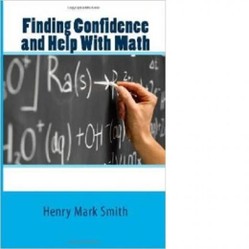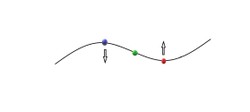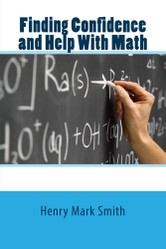Children often need help learning arithmetic. This is a more serious problem today than in prior years. When many schools went to an online learning format the results were too often less than needed in proficiency in the foundations required to move on to the next grade. Arithmetic skills fell behind the needed levels.
There is a place for online learning, it is a great tool for motivated students. But not everyone is self-motivated. This is especially true when the subject is mathematics. It would benefit many students if their learning of the skills were to be augmented so as to catch up with the level needed, if not surpass that level.















 UAPs, Formerly UFOs, If They Are Real How Can We Explain Their Arrival to Earth?9 days ago
UAPs, Formerly UFOs, If They Are Real How Can We Explain Their Arrival to Earth?9 days ago
 Polar Coordinate System11 days ago
Polar Coordinate System11 days ago
 Aurora Can Disrupt Electrical Devices And Even the Grid?12 days ago
Aurora Can Disrupt Electrical Devices And Even the Grid?12 days ago
 Overcoming Difficulties Encountered with Mathematics13 days ago
Overcoming Difficulties Encountered with Mathematics13 days ago



Comments
BSG
You are so right. Opposition to using a number line for subtraction over traditional methods was fairly standard but some children need these methods . I am no mathematician altho I have a functional maths ability. Being married to a genius mathematician has made me lazy as my husband has done all our household maths for 43 years.
Yes, learning base 10 then using base 60 is confusing. When I taught the two mathematics courses for elementary teachers I had opposition from the students to learning how to use other bases. This opposition was from our future teachers that I had as students. Not only is base 60 useful, but so is base 2 in understanding computers.
I tried to tell my students that rote learning needed to have justification with it, so being able to explain "why" is important. That understanding is from working in other bases. In base 4 we carry or borrow the next power of 4, and so on. I even tried to tell them to use tiles to visualize, but they resisted. In the U. S. we have an education problem, which starts with many teachers being underprepared to explain to those processing deeper thought.
BsG
I live here in a family of mathematicians and as a teacher of young children I seem to have devoted my life to finding ways of helping children with maths.
Regarding numberlines, they are especially useful for time problems as children find these difficult as the numbers go up to 60 minutes. ... not 100.
Thanks for adding your insights.
BSG
PS - One of the best things for children who need help is a 100 square. This is good for adding and subtracting 10s and thereby learning number facts.
BSG
Fab examples of resources, by the way
BSG
I agree. For example, my 9 year old grandson is a genius mathematician but he is still a child so enjoys the " play " aspects of using dice , numberlines, watching times tables videos on you tube etc .....
I recall from the early 50s how we learned fractions by watching the nun hold cardboard pies and show fractional pieces. Some students need to see something concrete, others do not. Using simple objects can help those that need visualization, but probably will not harm the others who can think more abstractly. Still others must hold the objects and act out such things as adding fractions, So, manipulatives serve all types of learners, or so it seems to me.
Certainly with pupils aged 5 -7, I always started them playing on number lines moving along using dice
Yes, number lines are great. I even use them toltiplication by a negative number reverses the inequality.